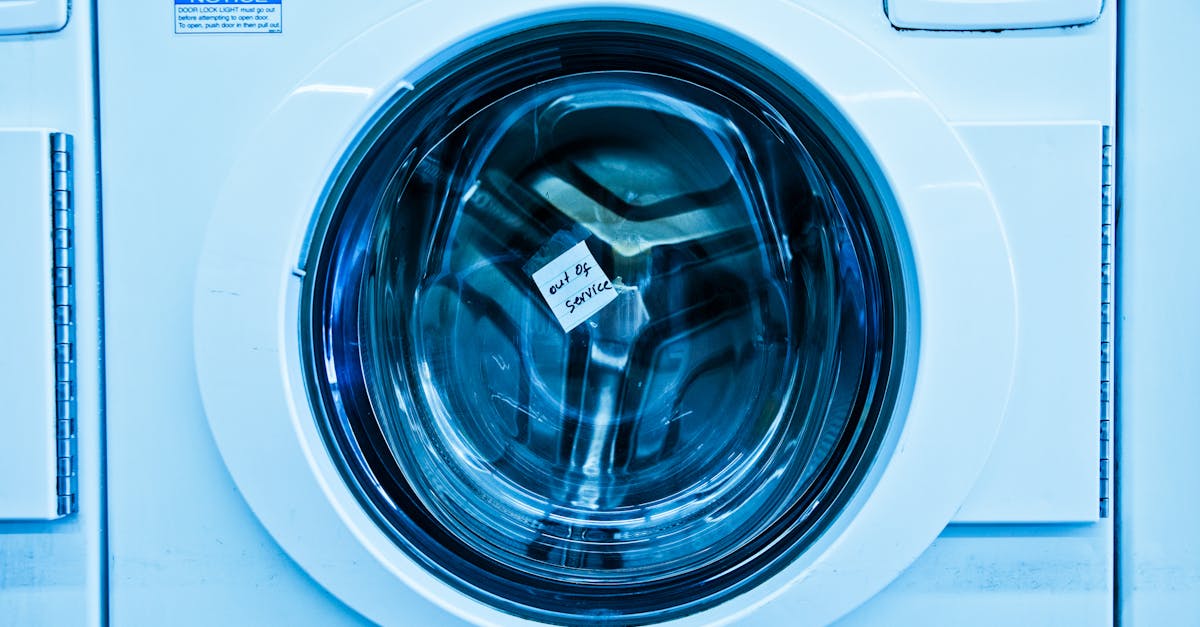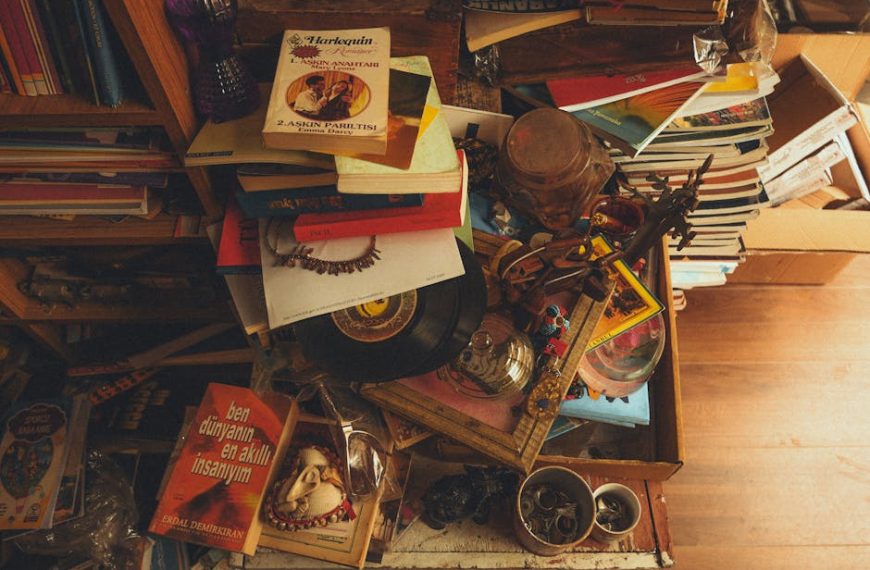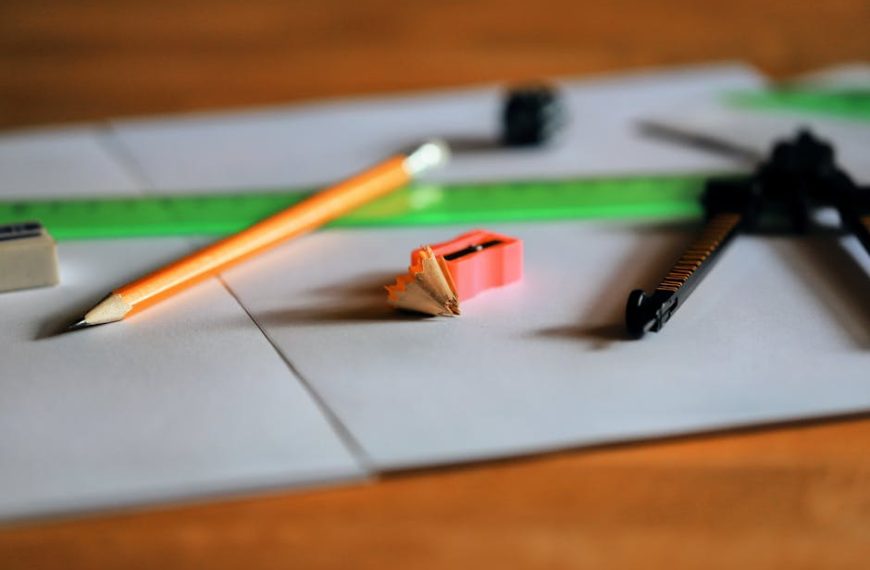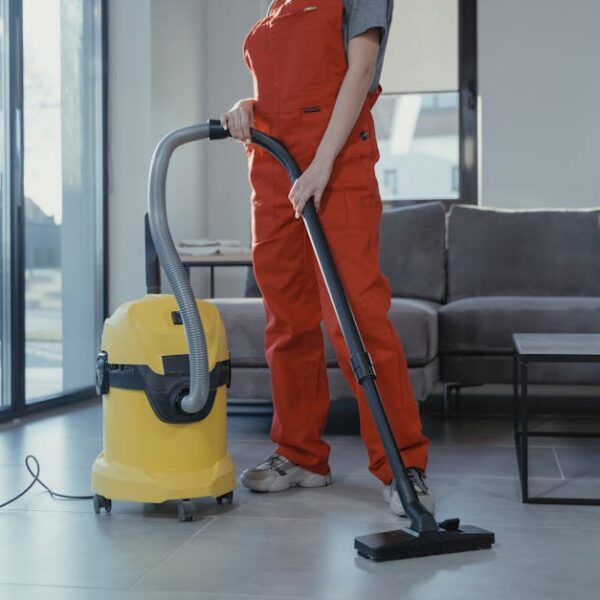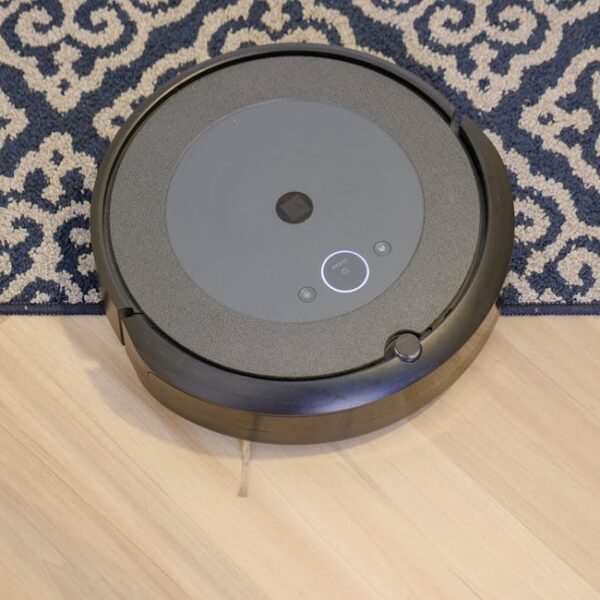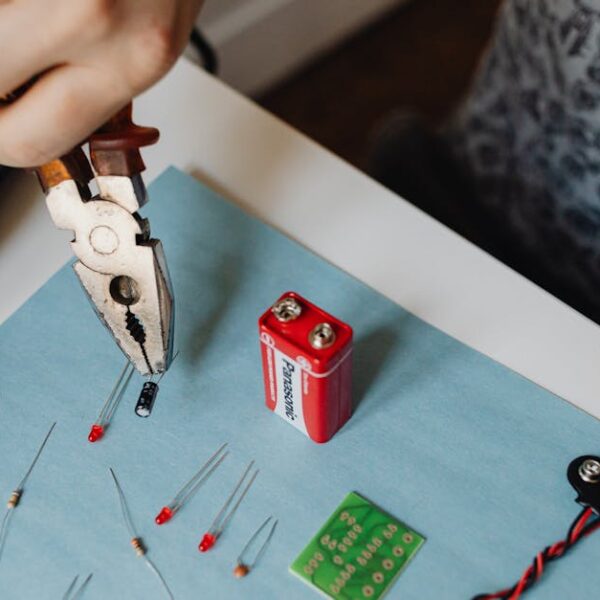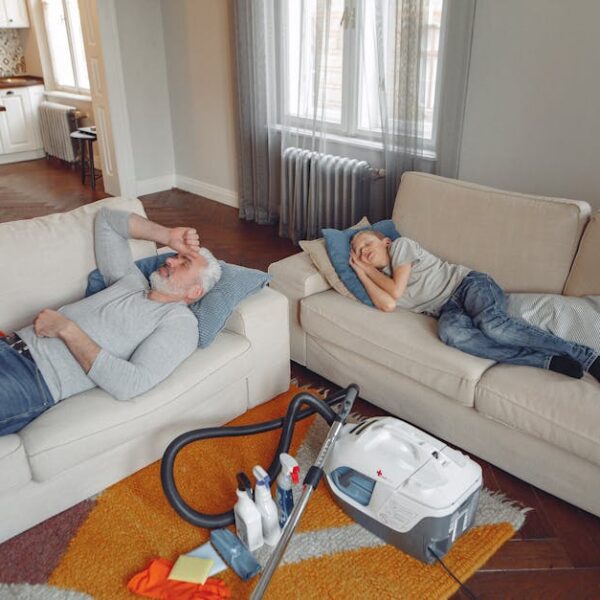When faced with a malfunctioning washing machine, you may wonder whether it’s beneficial to replace specific parts, such as the bearings, or to invest in a new unit entirely. The answer lies in understanding the role and function of bearings, identifying the signs of their failure, comprehending the complexities of the replacement process, acknowledging the costs involved, and finally analyzing the overall health of your machine against these factors.
Understanding Washing Machine Bearings
At the heart of your washing machine’s drum lies the bearings. These small, circular components directly affect the smooth functioning of your appliance. They support the drum and allow it to spin freely during cycles. The failure of such a crucial component often leads to significant operational problems in your machine.
Below are some common problems linked to faulty bearings:
- Loud or unusual noises during the spin cycle: This is often the first sign of a problem.
- Excessive vibration: Machine shaking during a cycle can indicate a bearing issue.
- Water leakage: Faulty bearings can cause water to leak from the machine.
- Non-spinning drum: If the drum refuses to turn, it might hint at a seized bearing.
The Signs of Failing Washing Machine Bearings
Bearings don’t fail overnight; they show numerous symptoms before a total breakdown. Identifying these early signs can save you from larger problems down the line. Frequent noises during spin cycles, constant leakage of water, and the drum moving freely when the machine is off are all reasons to inspect the bearings.
However, note that these signs may also indicate other issues with your washer. Thus, it’s crucial to diagnose the problem correctly before deciding on repair or replacement.
➜ Pro Tip: Timely detection and action against these signs can save you from costlier repairs or replacements in the future.
Process of Replacing Washing Machine Bearings
Now you know what worn or failing bearings look like. But should you replace them yourself, or seek professional help? Let’s first get a basic understanding of the procedure. The process involves removing the drum and replacing the old bearings with new ones.
To perform this fix, you’ll need the following tools:
- New bearings and a seal
- A bearing puller
- A socket set
- Screwdrivers and hammer
While this might look simple, it’s quite challenging, and a small mistake could lead to more damage. Let’s further discuss the pros and cons of self-repair and professional help in the next part of this article.
Pros and Cons: Comparing Self-Repair with Professional Help
When it comes to bearing replacement, your two principal options are DIY repair and professional assistance. Here’s a quick comparison of both:
| DIY Repair | Professional Service | |
|---|---|---|
| Cost | Cheaper, only need to cover the cost of parts. | More expensive. Labor charges will add to the cost of parts. |
| Expertise | Requires a certain level of technical skill and knowledge. | No need to worry as professionals handle everything. |
| Time | Can be time-consuming, especially for the inexperienced. | Faster, as experts know exactly what to do and have the necessary tools. |
| Risk | Higher risk. You might inadvertently cause more damage. | Peace of mind. The risk of additional damage is minimal. |
Cost Implication of Replacing Washing Machine Bearings
Replacing washing machine bearings can be a costly affair. When calculating the costs, consider not just the price of the new bearings but also the labor charges and potential expenses for other damaged components, like the drum. Prices may vary based on factors such as your machine model and the region you reside in.
Key cost components include:
- Price of new bearings: usually ranges between $20 to $30.
- Labor charges: can range from $50 to $150, depending on your location and the complexity of the job.
- Possible drum replacement costs: if your drum also got damaged due to the faulty bearings, it’s an additional cost, which could run to a few hundred dollars.
For a fair comparison, evaluate the cost of repair against the price of a brand-new machine.
Is Regular Cleaning of My Washing Machine Necessary Before Considering Bearing Replacement?
Regular cleaning of your washing machine is essential before considering bearing replacement. A buildup of grime and residue can cause additional wear on the machine’s components. To maintain optimal performance and extend its lifespan, clean your washing machine with soda crystals. This simple step can prevent costly repairs down the line.
Deciding between Bearing Replacement and Buying a New Machine
Now here’s the million-dollar question: should you replace the bearings or buy a new machine? This decision depends on various factors such as the age of your machine, the cost of new bearings and labor, and the overall condition of your washer.
To ensure the longest possible life for your washing machine bearings:
- Follow a regular maintenance schedule.
- Avoid overloading the washer.
➜ Pro Tip: Analyze the age and overall condition of the machine before deciding. If your machine is near or past its average lifespan (about 11 years for most models), investing in a new one might be the better long-term option. Loading…
